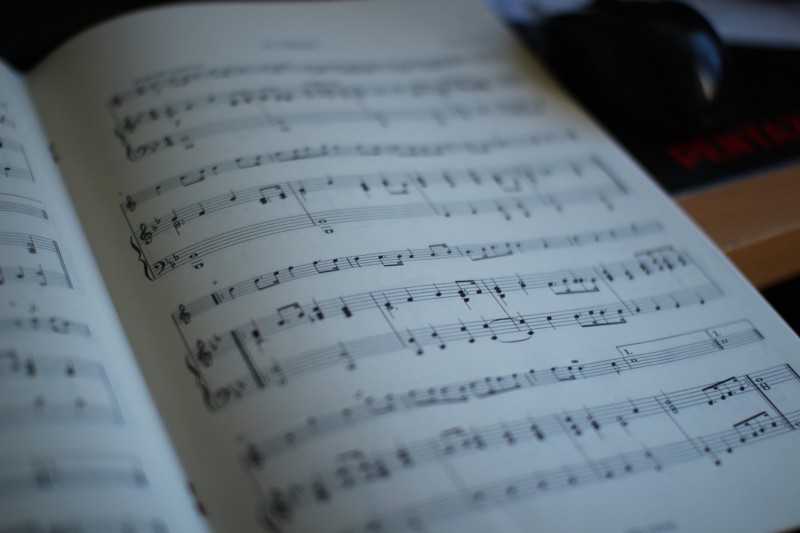Languages that are not strictly languages
Strange, but it's true!
In a previous blog article, we delved into whether or not emoji constitutes as a proper language. The gist is that emoji is that while it’s not a conventional spoken language, it is nevertheless an effective means of communication that crosses national boundaries, just like these ones:
Body Language
Body language is a form of non-verbal communication that all human beings perform. Ever felt that a person with shifty eyes doesn’t inspire much trustworthiness, or that somebody with their arms folded across their chest seems uninterested in whatever you’re saying? Body language informs up to 50% of our communication. We’ve all told a little white lie or two, but if the other person wasn’t convinced, your body language might have been the one that gave the truth away! While the display and interpretation of body language is more or less subconscious, it is possible to become well-versed in it, actively adjusting your expressions, gestures or postures to ensure that the person you’re talking to doesn’t misunderstand.
Programming Language
Programming language describes the system of written commands that are inputted into computers such that they can execute specific actions. Many different requirements are expected from programming languages, owing to the highly varied nature of machines. As such, there are many kinds of programming languages, from high-level to low-level ones. While high-level languages like Java is meant for humans to work with, and as such is easy to read and write with; low-level languages on the other hand are designed for computer processing units to read, and are much more difficult to interpret. Of this list, programming language is the only one that is inaccessible to the ordinary layman, though to be frank, one could probably make a reasonable guess to lines of HTML.
The Language of Music
Was music education a compulsory part of your childhood school curriculum, or was that just us? Music is commonly touted as a universal language, and while age, language and culture certainly come into play in its creation, those same things don’t matter for the plain and simple consumption of music. Neither does whether or not you can personally hold a note or carry a rhythm, or if you and the singer hail from different parts of the world — you still “know” and are able to appreciate music. It is possible to write using systems of musical notation, where it can then be interpreted and performed by other musicians.
The Language of Pictures
A picture speaks a thousand words! That’s an idiom, but we’re here to enlighten you as to just how literal the meaning actually is. Let’s take a look at the apps on your smartphone screen. See the little logos? Besides being representative of the brand, they were designed by teams of expert graphic designers to be memorable and representative, such that when you look at one with a speech bubble, you’ll be able to quickly place it as a messaging app; and when you see another one with an envelope, you’ll be able to pin it as an email app. The more intuitively you make these understandings, the better the design. A good design speaks to us on a level that we’re not even consciously aware of!
What all of these have in common, apart from being non-verbal and not having courses on FluentUp, is that like emoji, when people refer to them as “languages”, they’re using the word in the metaphorical sense. They might not move a country the same way a conventional language like English or Chinese does, but there’s no denying that they permeate global cultures in a way that is pretty universal. What do you think?
